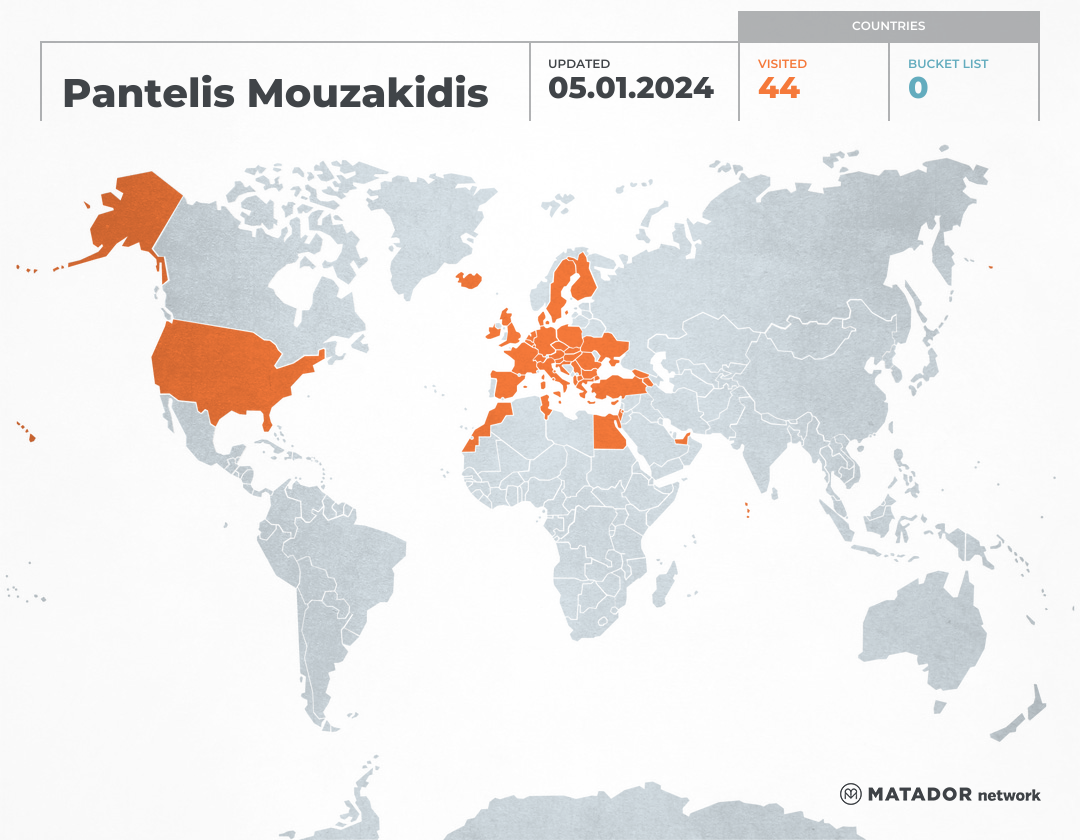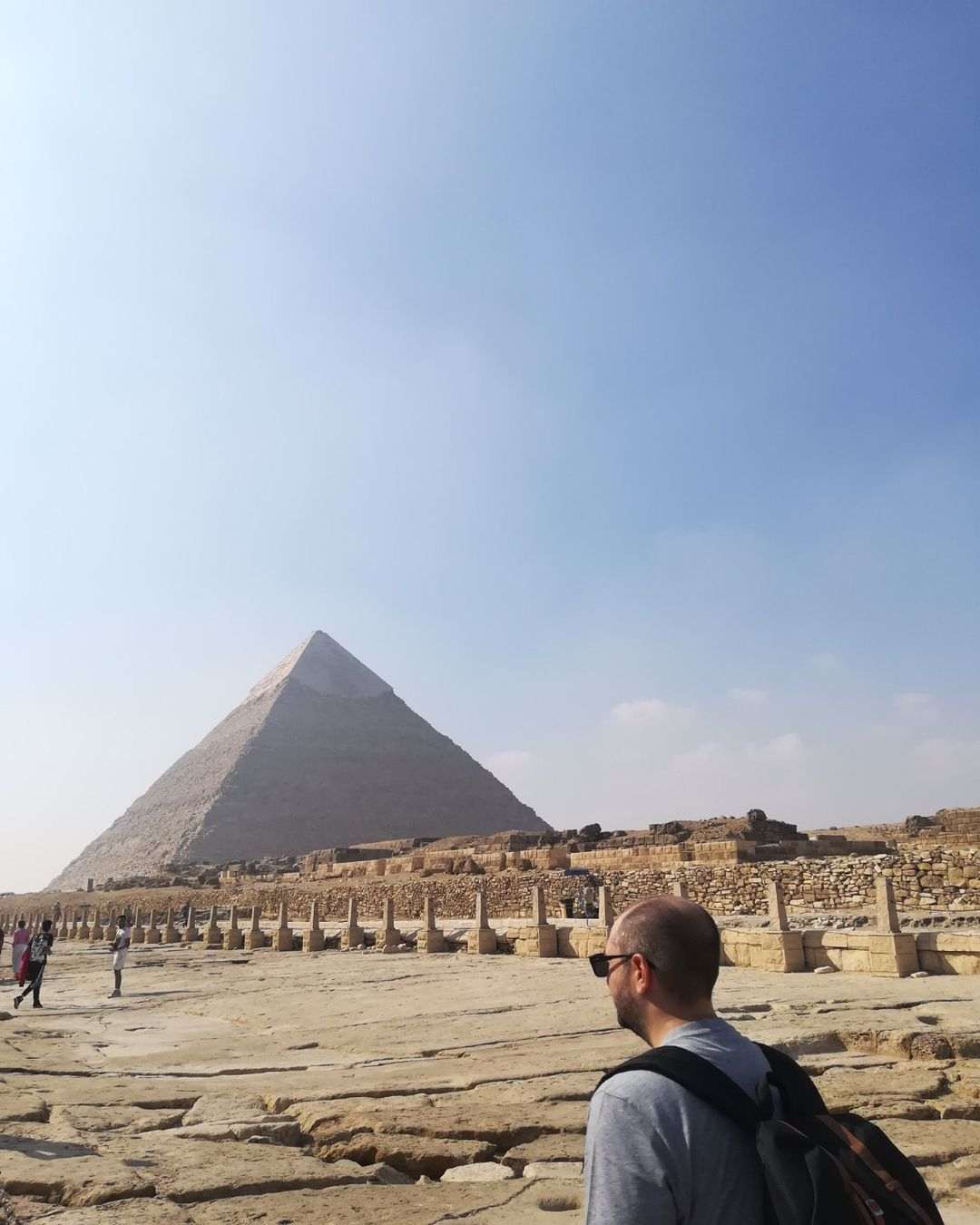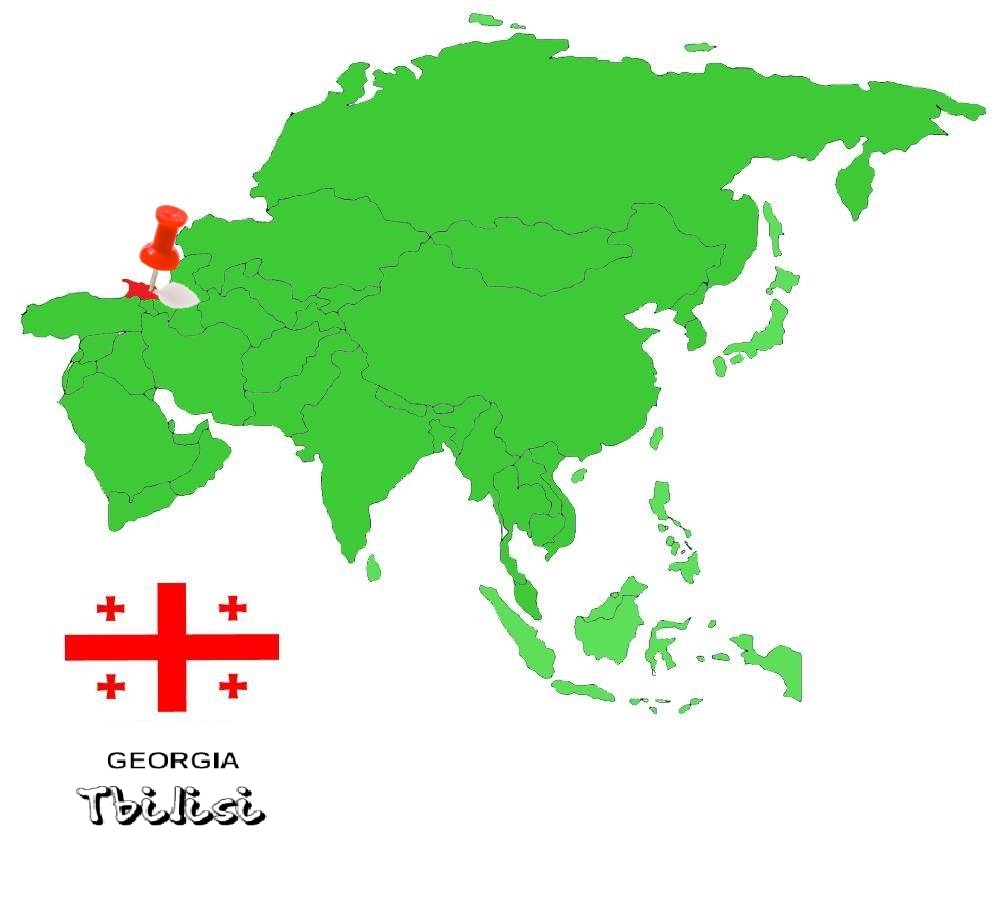 With its stunning natural beauty, picturesque old town, eclectic architecture and wonderful opportunities for food and drink, Tbilisi is the place where the heart of the whole of Georgia beats, as it hosts more than one in three of its citizens.
With its stunning natural beauty, picturesque old town, eclectic architecture and wonderful opportunities for food and drink, Tbilisi is the place where the heart of the whole of Georgia beats, as it hosts more than one in three of its citizens.
A few words about the city
Tbilisi is the capital and largest city of Georgia, with a population of 1,118,035 inhabitants. Its history dates back to the fifth century AD, when it was founded by the Georgian king Vakhtang Gorgasali, while permeated by the Kura River, which was named after the Persian king Cyrus the Great. The town has a particular architectural interest, as it has been influenced by the Russians, the Byzantines, the Persians and the Ottomans. Of course, Soviet high-rise apartment buildings are everywhere, especially on the outskirts of the city. And although the orthodox Christian element is strong in Georgia, in Tbilisi, you will find mosques, catholic and Armenian churches as well as synagogues, which testify to the cosmopolitan character of the urban area. So I will try to introduce you to Tbilisi through my own eyes and share with you what I think someone who is visiting it for the first time should see.
Old city
The old town of Tbilisi is undoubtedly the most attractive part of the city. There the charm of Eurasian architecture is mixed with the influences of Mongols, Arabs, Turks and Russian conquerors over time and as you can understand the result is unique. In the old town you will find labyrinthine alleys, traditional wooden balconies and inner courtyards, ruined buildings and half-ruined houses, which are going to be reborn through their ashes. You will also see all kinds of places of worship, from orthodox and catholic churches, to mosques and synagogues. The most important of these are the Sioni Cathedral and the Anchiskhati Basilica. Do not forget visiting the special Gabriadze Clock Tower. This is a unique tower that was built only in 2010, next to the puppet theater and every hour an angel comes out to ring the bell with a small hammer! Finally, in this part of the city, you will find neat cafes, picturesque taverns with traditional Georgian food and many entertainment centers for all tastes!
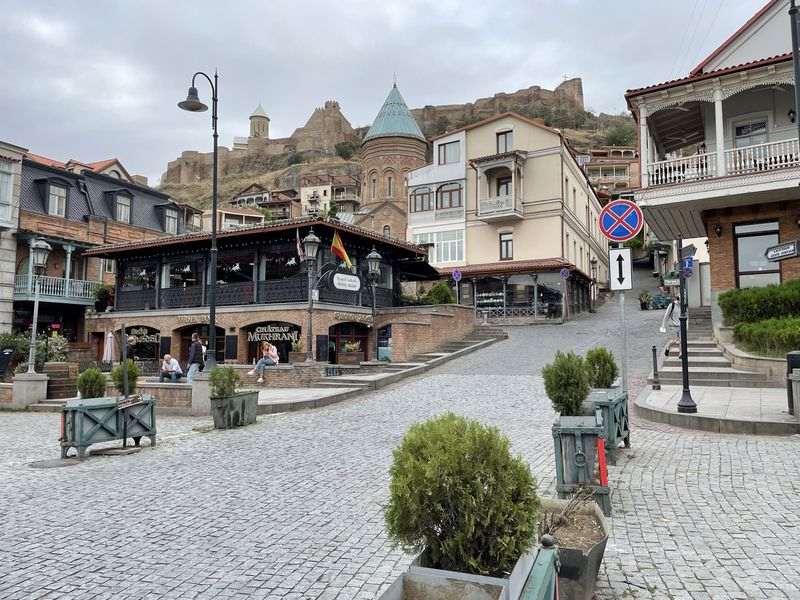
Sulfur Baths
Sulfur Baths are located in one of the most unique and recognizable neighborhoods of Tbilisi, Abanotubani. Abanotubani, which literally means "bath area", is an ancient part of the city, known for its famous brick houses and sulfur baths, to which it owes its name Tbilisi ("hot spot"). The origin of the bath area dates back to the founding of the city and plays an significant role in its history. According to legend, when King Vakhtang Gorgasali's hawk fell into one of the hot springs, the king decided to establish the capital above the springs. Many of them were inspired by traditional Persian-style baths, but the difference is that the water in Tbilisi is unheated manually. Instead, it comes from the ground and is naturally warm. The options are many when it comes to choosing a bath, but the most impressive are the colorful and photogenic Orbeliani Baths. Indicatively for one hour the cost is estimated at 50 lari, which is about 14e. Finally, if you walk a little behind the baths, you will find yourself in the Leghvtakhevi Canyon, where at the end is the impressive waterfall of the same name. This is an oasis in the city, which you should definitely not miss.
Narikala
Above the old town and the baths, on a hill on the outskirts of Tbilisi, lies the castle of Narikala. It is a fortress of the 4th century AD, which was built by the Persian conquerors in order to supervise the city from above. It was later expanded by the Mongols, while in the 19th century it suffered severe damage after an earthquake and explosions, with the biggest "victim" being the Church of St. Nicholas, located inside the fortress. In the 1990s, however, they were reconstructed again, regaining the splendor of the past. There are two ways to reach Narikala castle. You will either walk down the narrow streets of the old town or use the cable car to enjoy a revealing panorama of the town at the same time.
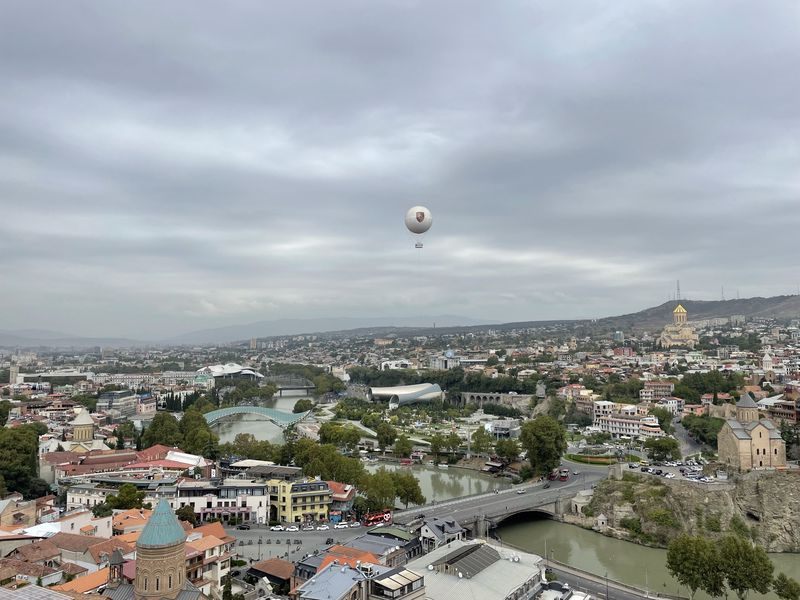
Botanical Garden
As an extension of the castle, the National Botanical Garden of Georgia is an oasis of green, with over three centuries of history! It is located in the Tsavkisis-Tskali gorge at the southern foot of the Sololaki Mountains and occupies an area of 161 hectares! The first mention of these gardens was made in 1671, when they were mentioned as royal! While in their current form, they were founded as far back as 1845. Their collection includes 4,500 species of flora from Georgia and the world, while the main attraction is a lovely park with natural waterfalls. This point is a favorite walk for locals, especially during the summer months, as well as for tourists who rush to admire them. At the entrance of the gardens, there is also a zipline for the more adventurous, which penetrates all the gardens and leaves you at a point 270 meters from the starting spot.

Mother of Georgia
The Mother of Georgia or the Mother of the Georgians (Kartlis Deda) is a huge statue of a female figure, which dominates the same hill as the castle and is visible from all over Tbilisi. This is a monumental sculpture made of 25 meters high aluminum, which is a national symbol of Georgia. It was constructed in 1958 to celebrate the 1,500th anniversary of its founding and is the work of sculptor Elguja Amashukeli. The statue is dressed in the traditional costume of the country and holds a mug of wine for friends and a sword for enemies.

Liberty Square
If we were looking for the most central point of Tbilisi, this would be without a second thought the Liberty Square. It is located at the eastern end of the Rustaveli Avenue and took its current name in 1918, during the founding of the first Georgian Republic and the collapse of the Russian Empire. This point is emblematic for the Georgians, as some of the most important events in the modern history of the country took place there! Indicatively, there was a protest for the independence of Georgia (from the Soviet Union), the Rose Revolution, while there was an unsuccessful attempt to assassinate US President George W. Bush! In the center there is a huge column of St. George killing the dragon, while around it you will find some significant structures such as the City Hall and the former building of the National Bank.

Bridge of Peace
And what if all the above sights show that Tbilisi has a bohemian-traditional character, the town has also modern elements; with most important example the Bridge of Peace. This arch-shaped footbridge has only 11 years of life and is now one of the city's landmarks. It is made of steel and glass and unites the old city with the modern one. In the evening hours it is illuminated with hundreds of led lights, which create an impressive effect, which you should not miss.

Rike Park
Passing over the bridge of Peace you will find yourself in the new part of Tbilisi and the Rike Park. The impressive thing about this park is that if you look at it from above, you will realize that it has been created to look like a large-scale map of Georgia! It is a pole of attraction for both tourists and locals, who choose it either for a simple walk or to try various activities, such as ballooning, climbing, huge chess, etc.. In this park you will also find a dancing fountain, two huge metal pipes, which will be used in the future as an exhibition center and a statue of Ronald Reagan. And if you are wondering why there is a statue of a former US president in Tbilisi, the answer is very simple. It was a clear turn to the US and a freeze on relations with its northern neighbor, Russia. Ultimately, from Rike Park you can take the cable cars to go up to Narikala castle, admiring the river Kura from above.
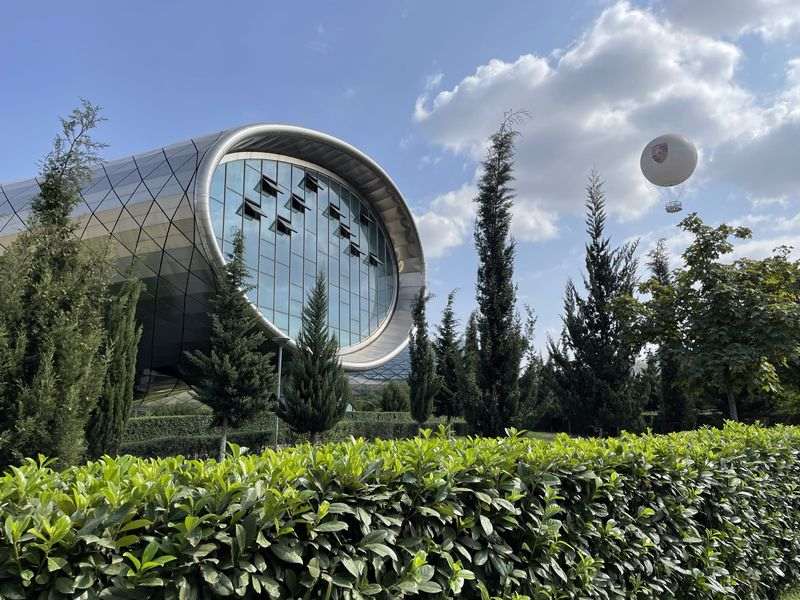
Holy Trinity Cathedral
The Holy Trinity Cathedral, commonly known as Sameba, is the main cathedral of the Georgian Orthodox Church and apparently the most impressive temple in the city. It was built between 1995 and 2004, being the third tallest Eastern Orthodox cathedral in the world and one of the most enormous religious buildings in total on the planet! For the sake of truth, the total area it occupies is 3,000 sq.m., while its capacity reaches up to 10,000 people! Finally, this cathedral is a composition of traditional styles that dominate the Georgian ecclesiastical architecture at various stages of history with several Byzantine touches.
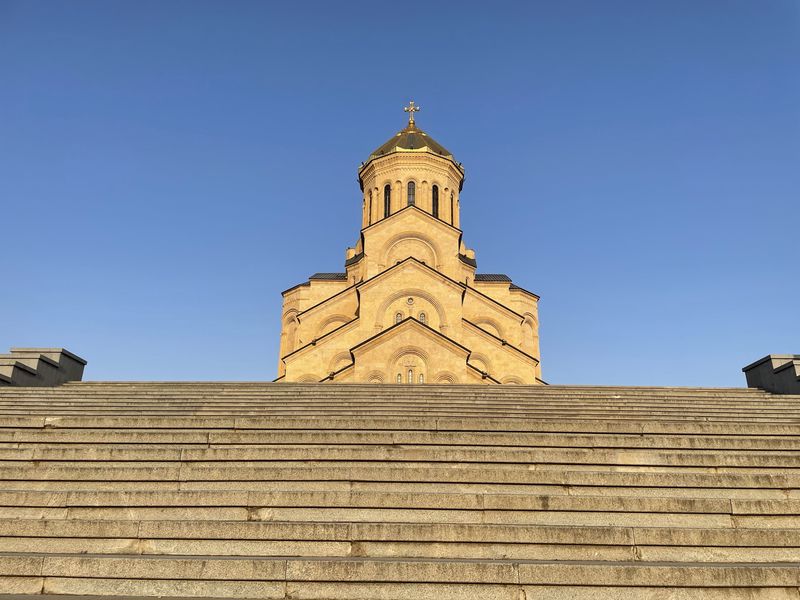
Museums
The first museum worth visiting in Tbilisi is the Georgian National Museum. This is probably the most important art space in the country, which was founded in 2004 by merging 20 different museums and institutions throughout Georgia! It includes museums, research centers and libraries hosting rich, authentic cultural heritage content, while providing learning experiences for all.
Another art space worth visiting in the city is the Tbilisi History Museum. This museum depicts the history of the city and its historical role as a commercial center on the Silk Road. Among other things, the museum's collection of fifty thousand items includes ceramics, weapons, musical instruments, coins, fabrics and household items dating back to the Bronze Age.

Finally, it is worth taking a walk through the Georgian Museum of Fine Arts. This is the only building in the urban area, which was deliberately built to host art exhibitions! The official opening of the museum took place in September 2018, while it opened to the public a month later. The museum houses over 3500 works of art, created by over 80 artists in the last 70 years! Admission to each museum costs 3 lari (about eighty cents), but you can get a single ticket for all the individual museums, which costs 15 lari (about 4e).
Chronicle of Georgia
Just outside the center of Tbilisi, we find one of the most impressive sights in the country, which is not so well known to the general public. I am obviously referring to the Chronicle of Georgia. It is located at the top of a hill overlooking the Tbilisi Sea, which, of course, is not a sea but a huge lake. It was created by Zurab Tsereteli in 1985, but was never completed and aimed to tell the story of Georgia! The monument consists of 16 pillars, which are between 30-35 meters high and in the upper half are depicted kings, queens and heroes, while at the bottom are stories from the life of Christ. Right next to it stands the Church of the Annunciation, which seems to be balancing on a vacuum.
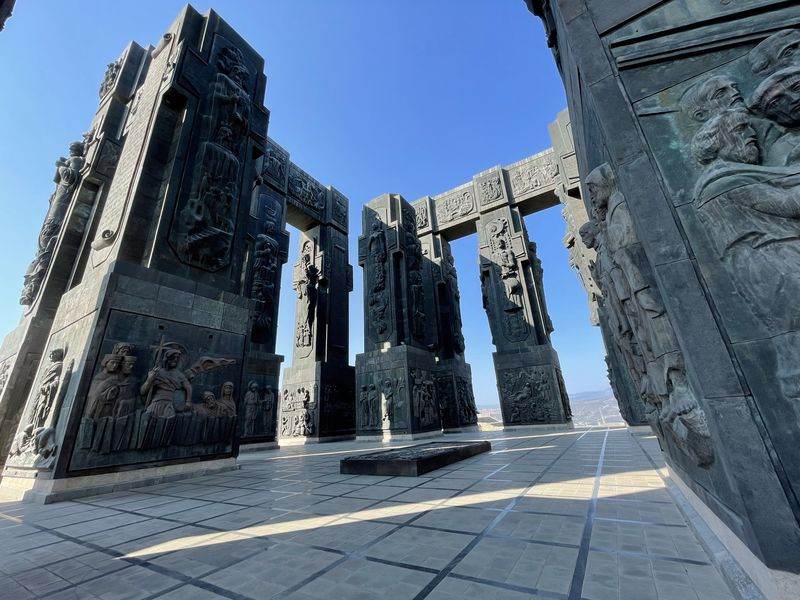
Mtatsminda Park
Last but not least, I left the Mtatsminda Park. This theme park is located at the top of the homonymous mountain and is accessible by cable car from the old town. It has carousels, water slides, roller-coaster, horror train and a gigantic wheel at the edge of the mountain. Of course, in addition to the activities that one can try in this park, it is worth visiting to see the city from above. The fact that it is built at the highest point of Tbilisi (770 meters high), offers terrific panoramas that you will not find anywhere else.
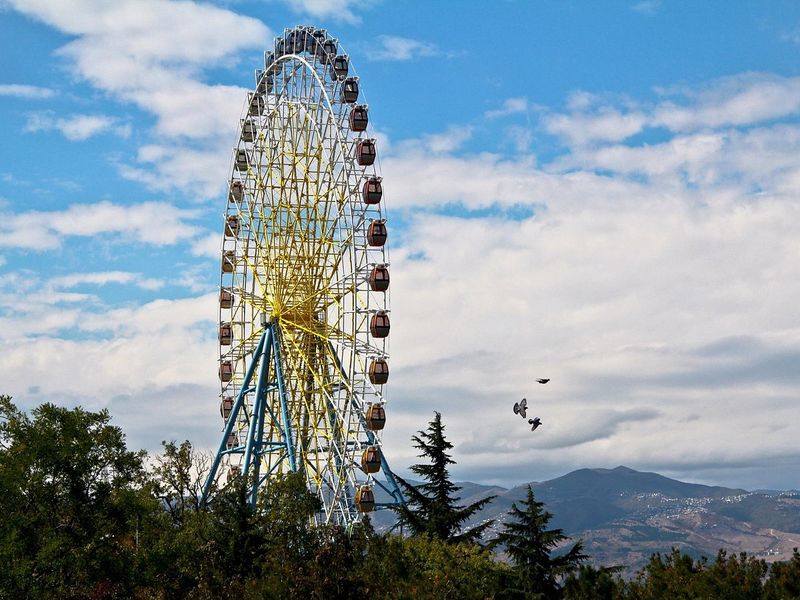
How to go
At the moment Thessaloniki is not directly connected by air to Tbilisi, so if you want to reach the city only by plane you must make at least one stop. The most economical and flexible option comes from Aegean, which with proper planning can find tickets starting from 195 € round trip, with a stopover in Athens! In addition, you could fly with Wizzair to Kutaisi and from there go to the city by bus. Something that will definitely save you time and money.
Where to stay
The fact that Tbilisi is not a highly touristy city is also reflected in the prices of its accommodation. In the town there are plenty of hotels, hostels and rooms, for all tastes and budgets. My suggestion is the Star Hotel, a beautiful room, a breath away from the city centre, behind the Parliament and with very kind hosts, who will make you feel at home.
How to move
Tbilisi is a small town, where most of its attractions are concentrated in the center, so you will not often need a means of public transport. Nevertheless, the city has a very good transport network with metro, buses and cable cars, which cover the whole city. The metro has two lines and a one-way ticket costs one lari, ie about 25 cents! You will need to obtain a card, which will be "charged" each time, depending on the movements you want to make. The same goes for the buses, which are brand new and cover the whole metropolis. Finally, a very effective way to travel in Tbilisi is taxis, which are very cheap, since there is no specific fare or taximeter, but you pay the driver what you believe is fair!
What to eat
Georgian cuisine has similarities with Caucasian cuisine, while it is influenced by all neighboring countries. Each region of Georgia has its own distinct style of food preparation, so you will find various dishes and recipes depending on where you are. Some of the most traditional dishes of the region are khatsapuri (the Georgian cheese pie), khinkali (dumplings stuffed with minced meat, cheese or mushrooms), lobiani (a pie stuffed with beans), Lobio (something like bean soup), badrijani nigvzit (fried eggplants with nuts and pomegranate), kharcho (a soup with beef), satsivi (a sauce used in many recipes) and churchkhela (which is nuts inside molasses). Finally, as you probably know, the first wine seems to have been made in the area where today's Georgia is located, so Georgia is famous for its wines. They are so proud of its quality that they use it in everything, since there is even ice cream wine! To taste authentic Georgian flavors such as khatsapuri and khinkali I suggest visiting Racha Dukhan and Friends House Restauran, for breakfast and Coffee Café Canape and Samikitno, and for ice cream Luca Polare.
Useful information

In Georgia we travel with a passport with a validity of at least 6 months, and we do not need a visa before. Upon entering the country, they will stamp your passport.
In Tbilisi the language used is, of course, Georgian, while most speak Russian as well. The youngest know English, while everyone is willing to help if they know.
The currency of the country is Larry (GEL) and its exchange rate at the moment is 1€ = 3.69 Larry.
Convert your money either to the dozens of banks that exist in the city, or to the exchange markets, which indicate the rates, since they take a very small commission.
Tbilisi is an hour ahead of Greece (GMT +4).
Getting to and from Tbilisi airport is simple, since there are train and bus routes (number 37) that will take you to the city center or the airport.
The Greek Embassy in Tbilisi is located at 37d Tabidze Street, and its phone is + 995322 914970-74.
The best time to visit Tbilisi is spring and autumn, when the weather conditions are ideal, prices lower and all attractions open.
Recommended excursions → Mtskheta, Jvari, Gori, Uplishe

If this article seemed interesting or contributed to your quality information, then you can like my facebook page: o_thessalonikios or follow me on instagram!
Mouzakidis Pantelis






